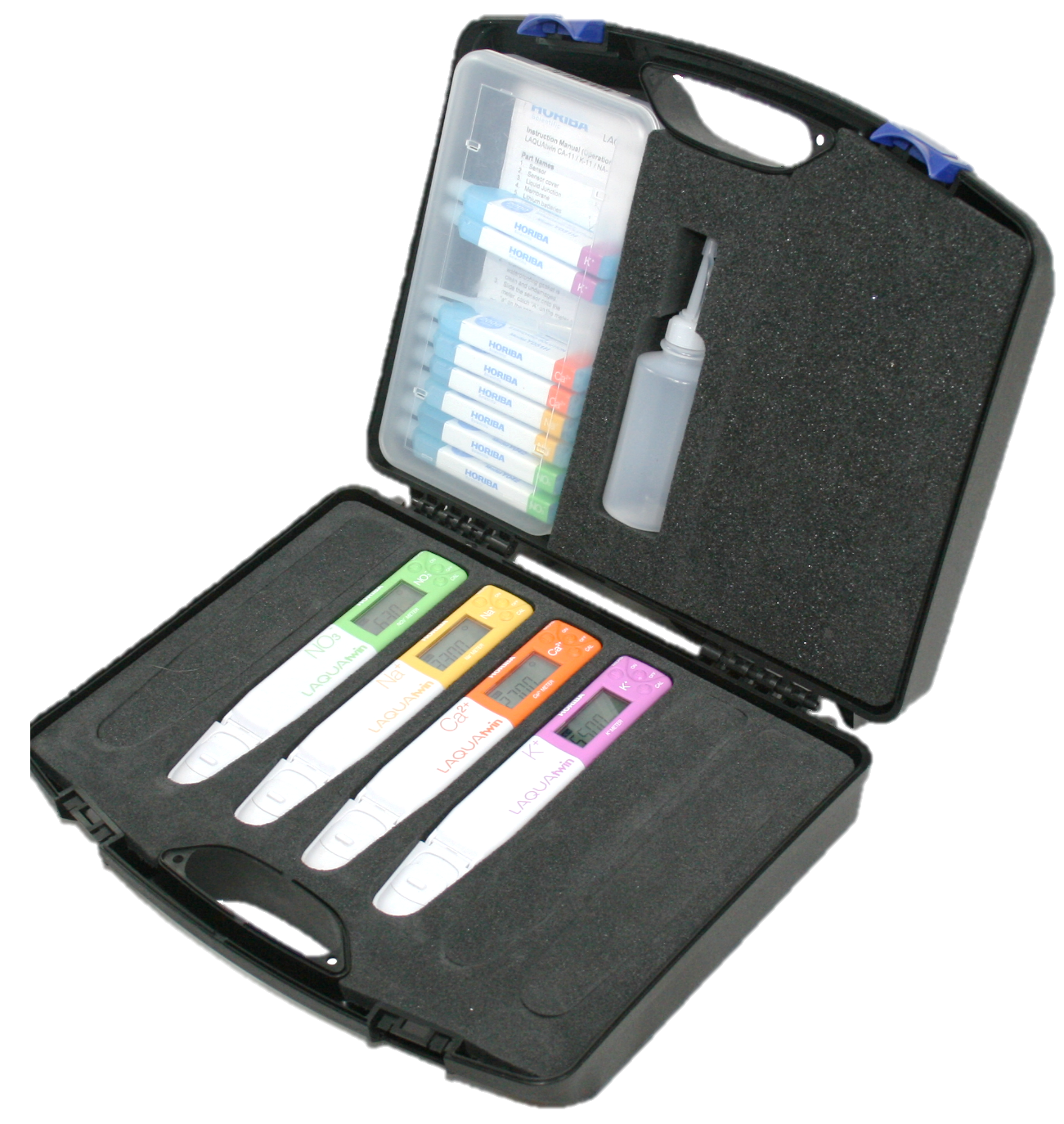Many types of ions are essential for living organisms. We often hear about ions in our daily lives. What are ions?
Before we talk about measuring ions with ion-selective electrodes, let's talk about ions in aqueous solution.
Let's consider the differences between the properties of aqueous solutions of sugar and salt.
When sugar, especially highly pure granulated sugar, is dissolved in water, the ease with which electricity (or, more precisely, current) flows through it is almost the same as that of the original water. In contrast, electricity flows very easily in a salt solution. What is the reason for this difference?
Sugar (C6H12O6) does not turn into ions, while salt (NaCl) completely ionizes into sodium ions (Na+) and chloride ions (Cl-), allowing electric current to flow. We will not go into the reasons for this behavior here; suffice it to say that sodium atoms (Na), by their nature, tend to give up an electron e- to become Na+ sodium ions, and chlorine atoms (Cl) tend to take up an electron e- to become Cl- chloride ions. Na+ and Cl- attract each other electrically and form the compound known as salt (NaCl). A substance formed in this way is called an ionic compound. On the other hand, the rather complicated compound known as sugar is formed by the combination of carbon, hydrogen and oxygen atoms sharing some of their electrons (valence electrons), i.e. it is a covalent compound. Even after dissolving in water, sugar molecules retain their shape and do not turn into ions. Although sugar and salt appear to dissolve in the same way in water, they differ greatly in their ionization/non-ionization behavior in water.
- All Products
-
Parameter
- pH
- ORP
- Conductivity and TDS
- Dissolved oxygen (DO)
- Combined - Multiparameter
- Ammonia (NH3)
- Calcium Ion (Ca2+)
- Chlorid (Cl-)
- Iron (Fe)
- Fluoride (F-)
- Free Chlorine
- Total Chlorine
- Iodine (I)
- Potassium Ion (K+)
- Seawater specific gravity (SSG)
- Sodium Ion (Na+)
- Sodium Chloride (NaCl)
- Nitrate Ion (NO3-)
- Salinity
- Applications
- Application examples
- Quality
- Brand
- Buffer and calibration solutions
- Spare parts and single components
- Plant analysis - sodium, nitrate, potassium, calcium
- Laboratory Benchtop Meters
- Accessories






